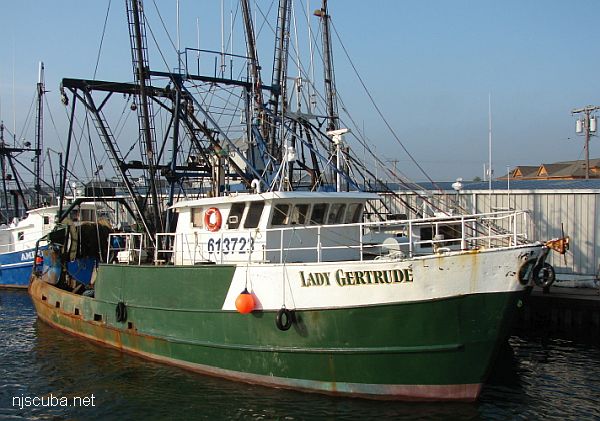Mohawk (2/4)
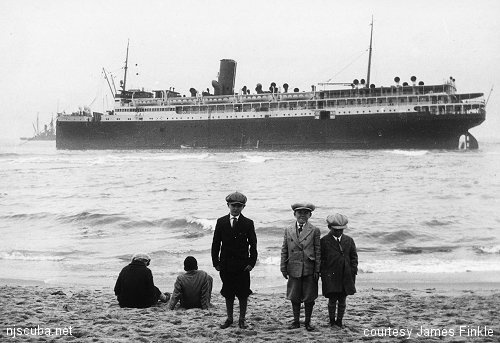
The unlucky ship aground near Sea Bright, May 19-21, 1928. She was deliberately beached after a collision with the SS Jefferson in dense fog. The damage was extensive, but on the starboard side, not visible here.
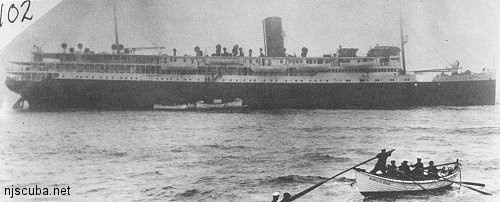
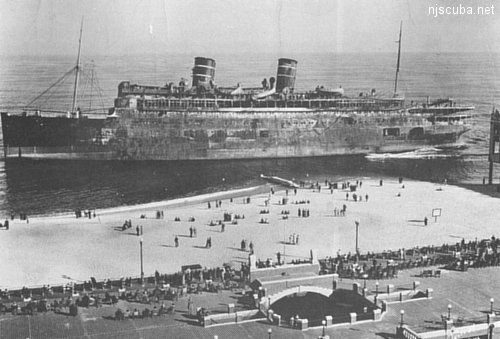
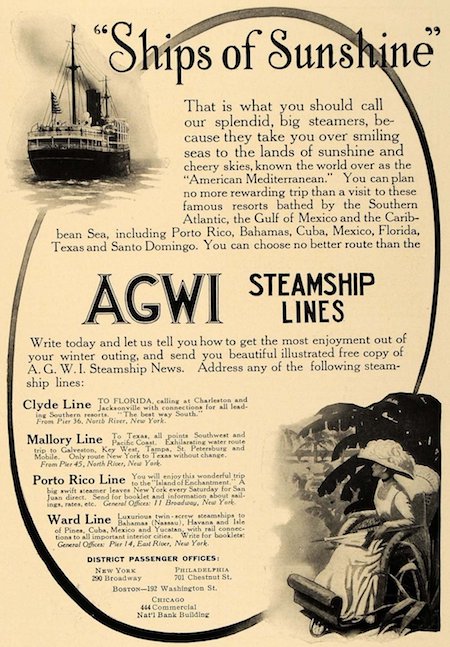
Luck had little to do with the sinking of the Mohawk. The country was in the teeth of the Great Depression, and to squeeze some extra revenue out of the vessel, it was modified to carry bulk cargoes like lumber. These modifications involved opening up her watertight bulkheads for easier cargo handling. Because of this, she quickly filled with water and sank after what would otherwise probably not have been a fatal collision. The fatal blow was on the port side this time.
The blame for the collision is variously given as mechanical malfunction or human error, but the Mohawk veered directly across the path of the other vessel and was entirely at fault. None of the bridge officers survived the accident; Captain Joseph Wood chose to go down with his ship. After verifying that all other persons were safely away, he went back to his cabin and shut the door. In the end, the responsibility for a vessel rests solely with its captain, and the press and the courts would have crucified him.
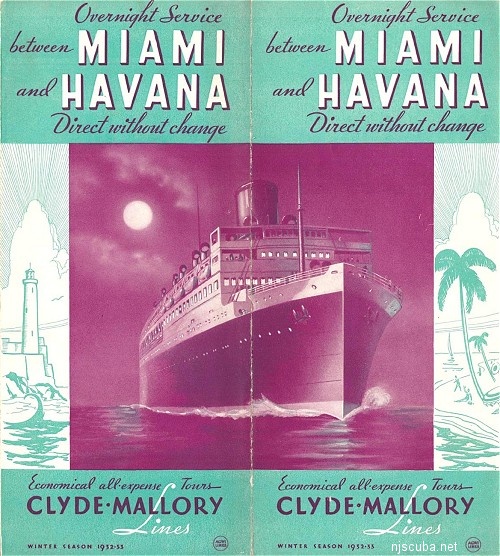
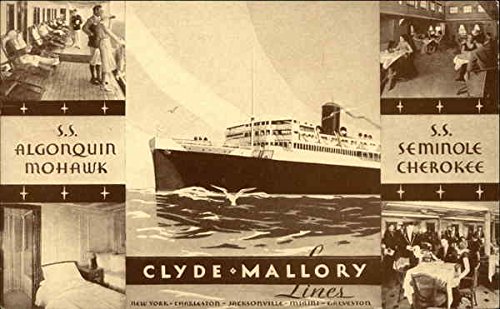
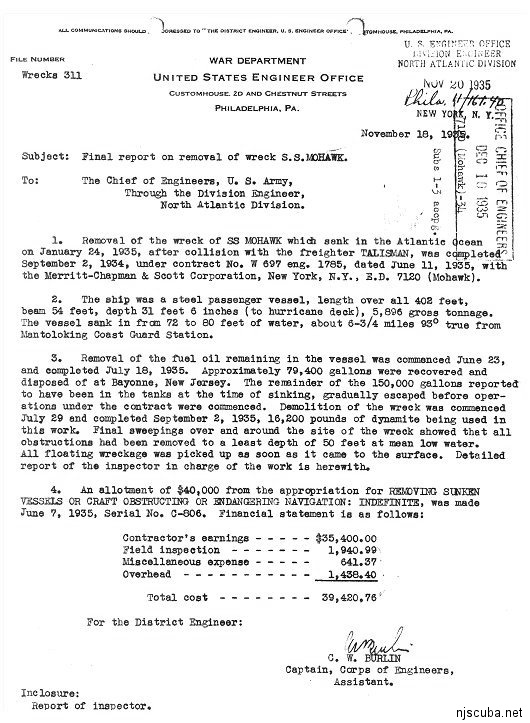
Survivors were rescued from the freezing waters by the Mohawk's sister-ship Algonquin (see Fort Victoria.) The ship sank originally on her starboard side but was later righted by storms. After removing fuel oil, over 8 tons of dynamite was used to demolish the wreck. The first blast alone used almost a ton, blowing out the center of the damaged port side of the hull and collapsing the superstructure onto the main deck. Wire drags ensured that the wreck had the required 50 ft depth clearance. One anchor was salvaged, the other was buried beneath the bow. There is no mention of what became of the propeller, but it too was almost certainly salvaged. During WWII a US Navy blimp mistook the wreck for a German U-boat and attacked it with depth charges, reducing it further. Today, very little remains that resembles a ship.

Instead, the Mohawk is a spectacular vast jumble of twisted metal wreckage interspersed with sandy areas. It seems to cover several acres, although in fact, it is still somewhat ship-shaped. Some of the wreckage is quite tall, while many huge hull plates lie scattered in the sand. In the bow area at the north end of the wreck are a number of easily penetrated spaces that are fun to explore. The Mohawk's last cargo included a number of trucks or automobiles, and large rubber tires, axles, and other parts are tangled up with the rest of the wreckage.

Sometimes you will come across a recognizable doorway or window, and the huge boiler is still recognizable, but not much else. The steam turbine engine seems to be missing, but is probably still there, buried under the wreckage, as must be the prop shaft. The engine would be a barrel-shaped object, centered behind the boiler and rather smaller. A large reduction gear exposed near the boiler probably marks the spot.
All this structure provides an ideal home for sea life. On the high parts, the mussels are as good as anywhere. There are entire walls of red anemones and all types of fishes. The distribution is uneven, however, so try to stay on the bigger parts for spearfishing. Of course, there are also nice lobsters in the nooks and crannies, although in this enormous junk pile they enjoy a special advantage, and the good ones can be very difficult to get out. Overall, I don't rate the Mohawk as a very good hunting wreck, but you can get lucky.
Navigation on this site can be tricky, as all the wreckage quickly starts to look the same, and you may be dismayed to find that you cannot backtrack like you thought you could, even under good conditions. For this reason, a wreck reel and strobe light are highly recommended. Barring that, try to find an edge to follow - out with the sand on your left, back with the sand on your right, etc, although parts of the wreck are such a mess that this won't always work either. It's not a bad idea to take an initial compass bearing, and take a moment to note the direction of the current - a useful clue in finding your way back to the anchor.
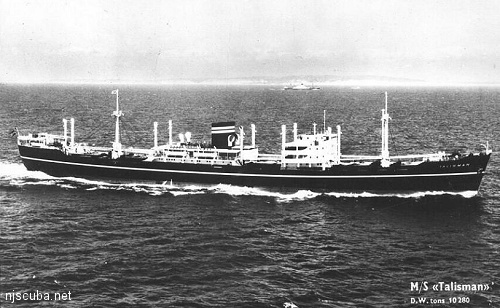
This vessel appears to be flying a Norwegian flag

